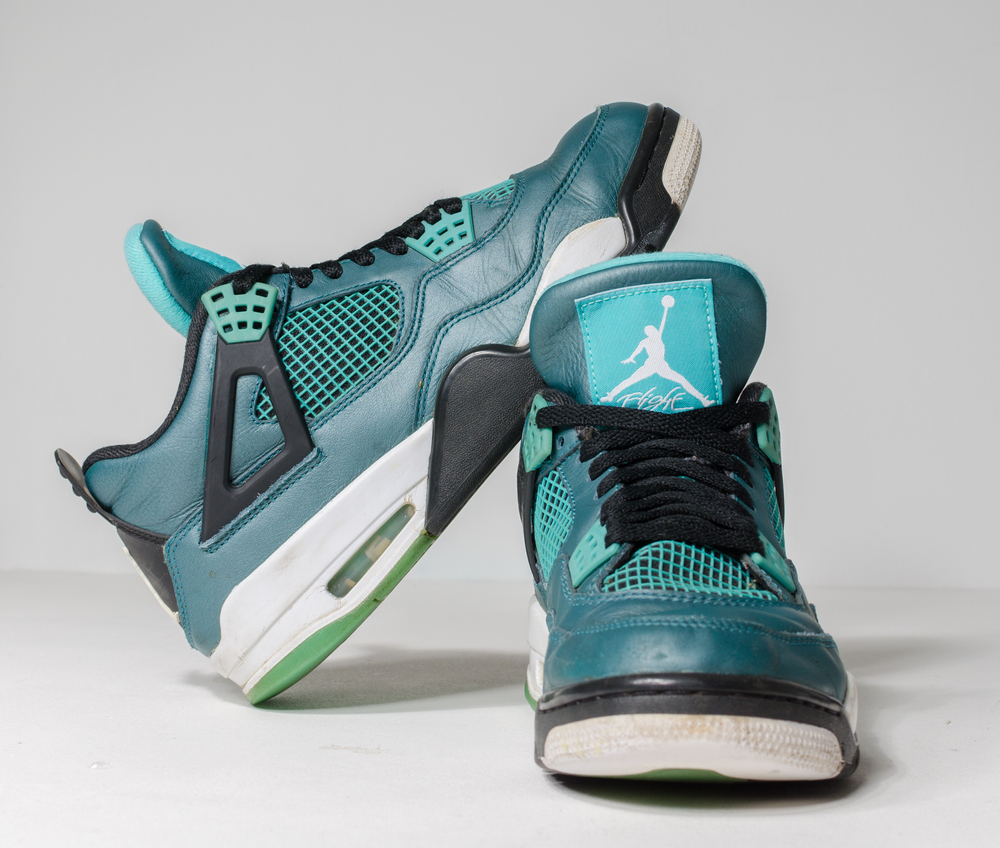The Air Jordan 4 represents more than just athletic footwear; it’s a cultural artifact that bridges sports, fashion, and personal expression. Designed by Tinker Hatfield, this iconic sneaker has transcended its original basketball context to become a global style statement.
Origins and innovation
When Hatfield conceptualized the Air Jordan 4 in the late 1980s, he was reimagining athletic footwear’s potential. The design emerged during Michael Jordan’s meteoric rise with the Chicago Bulls, capturing a moment of athletic transformation and cultural shift.
Distinctive design elements
The sneaker’s innovative features set it apart from predecessors. Mesh panels enhanced breathability, while unique lacing systems provided unprecedented support. Plastic wing eyelets and a visible Air sole unit represented technological advancements that would influence sneaker design for decades.
Iconic color combinations
Black cement: A historical milestone
The Black Cement colorway isn’t merely a design choice—it’s a historical marker. Associated with Jordan’s legendary playoff performances, this iteration symbolizes athletic excellence. Its premium nubuck upper and strategic color blocking represent a perfect fusion of performance and aesthetics.
White cement: Cultural crossover
Beyond basketball, the White Cement colorway became a cinematic icon, featured in Spike Lee’s influential films. Its distinctive concrete-inspired speckled pattern transformed the sneaker from athletic gear to a cultural canvas.
Artist and brand collaborations
Subsequent collaborations elevated the Air Jordan 4’s cultural significance. Travis Scott’s University Blue iteration and Virgil Abloh’s deconstructed Off-White version demonstrated the sneaker’s adaptability, attracting collectors and fashion enthusiasts alike.
Limited edition releases
Rare colorways like the Kaws collaboration showcased the sneaker’s potential as wearable art. With unique textures and innovative design elements like glow-in-the-dark soles, these editions transformed sneaker collecting into a sophisticated pursuit.
Beyond the court
The Air Jordan 4 transcended its athletic origins, becoming a symbol of personal style and cultural identity. During the pandemic, sneaker enthusiasm surged, with enthusiasts rediscovering classic models and embracing their historical significance.
Generational appeal
What began as performance footwear now represents intergenerational storytelling. Each colorway carries memories, from Michael Jordan’s playoff heroics to contemporary street style narratives.
The collector’s perspective
The sneaker’s value extends beyond aesthetic appeal. Rare editions have become investment pieces, with certain colorways appreciating significantly in market value. Collectors view these sneakers as tangible pieces of cultural history.
Conclusion: A timeless design
The Air Jordan 4 remains a testament to innovative design and cultural resonance. Its journey from basketball courts to global fashion runways illustrates how purposeful design can transcend original intentions.
As fashion continues evolving, the Air Jordan 4 stands as a benchmark of creativity, reminding us that true innovation knows no boundaries.

















